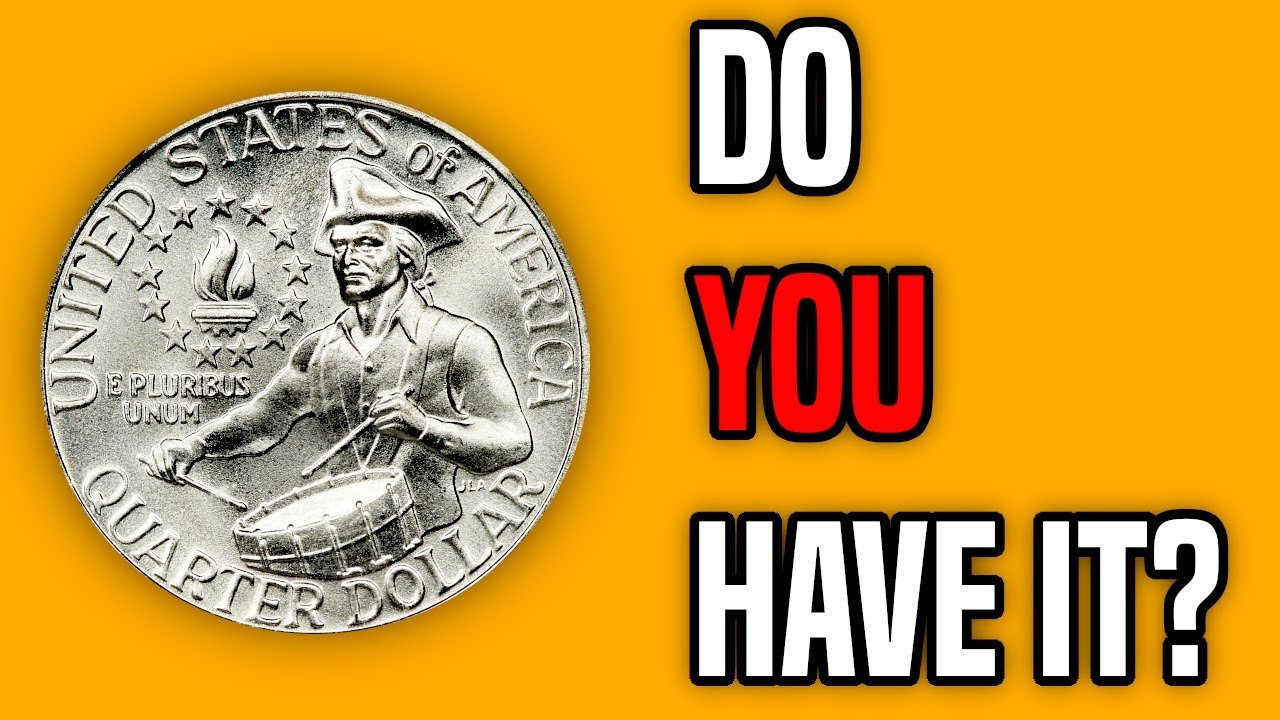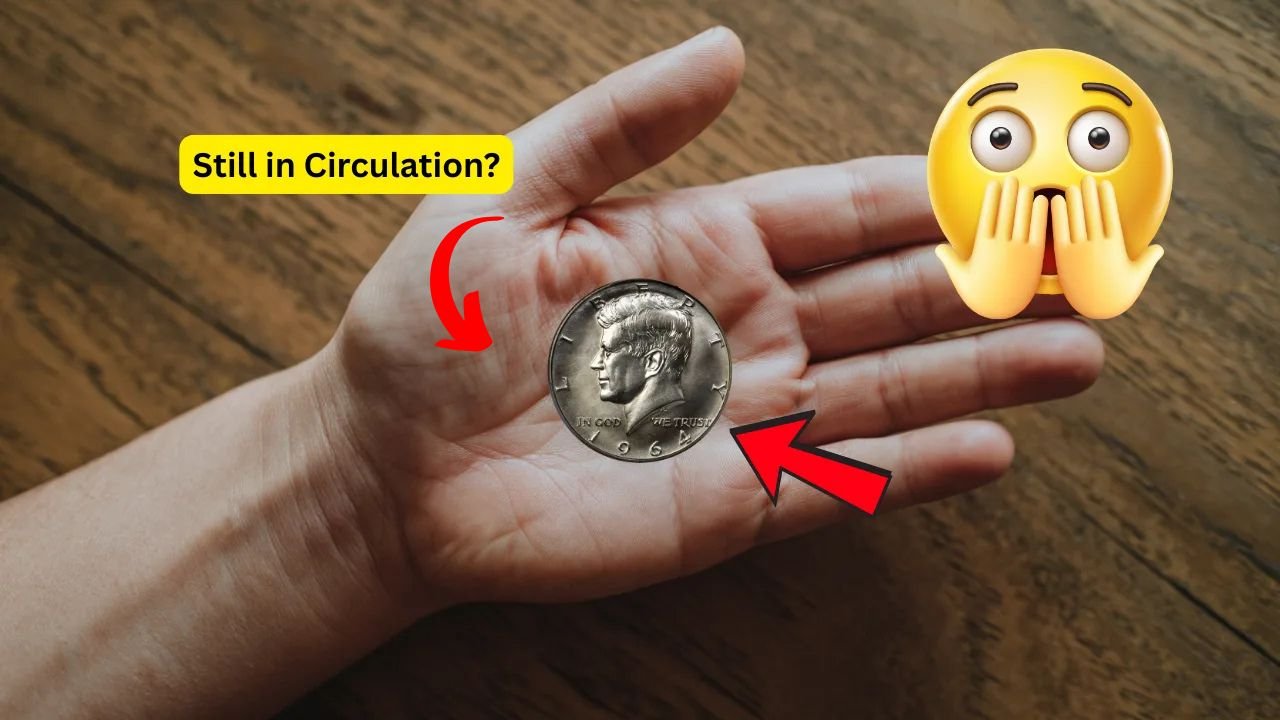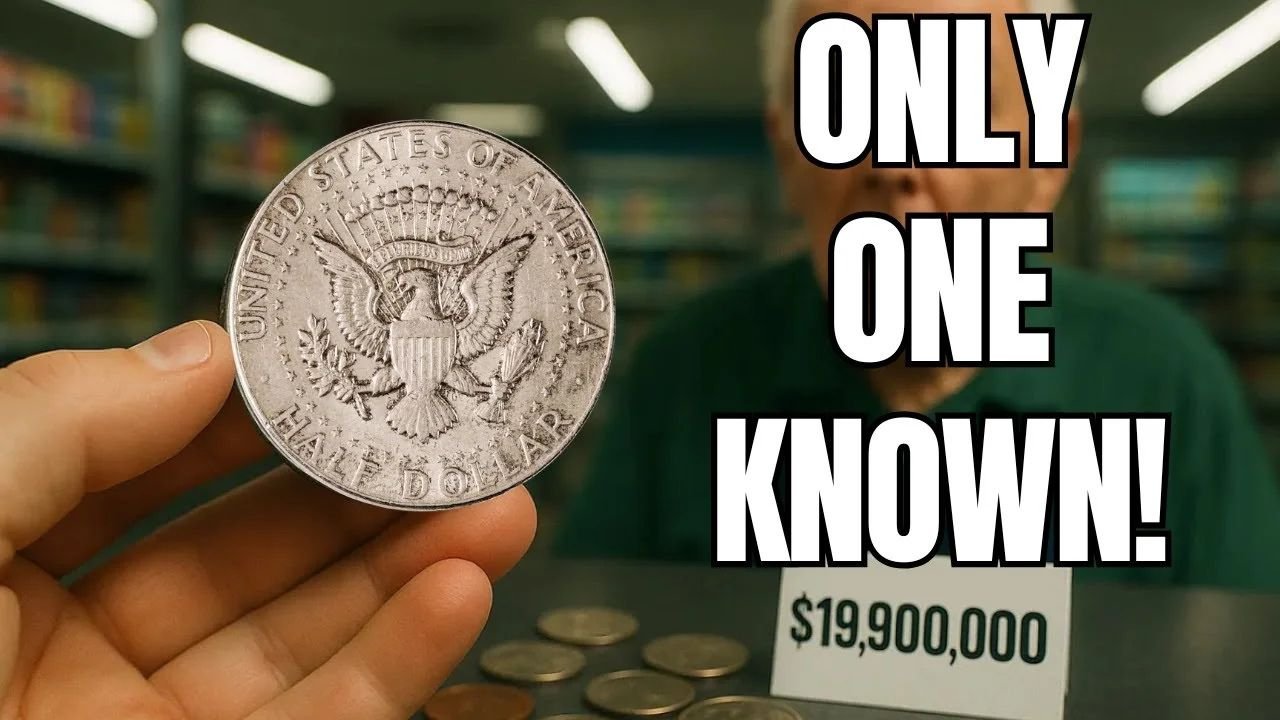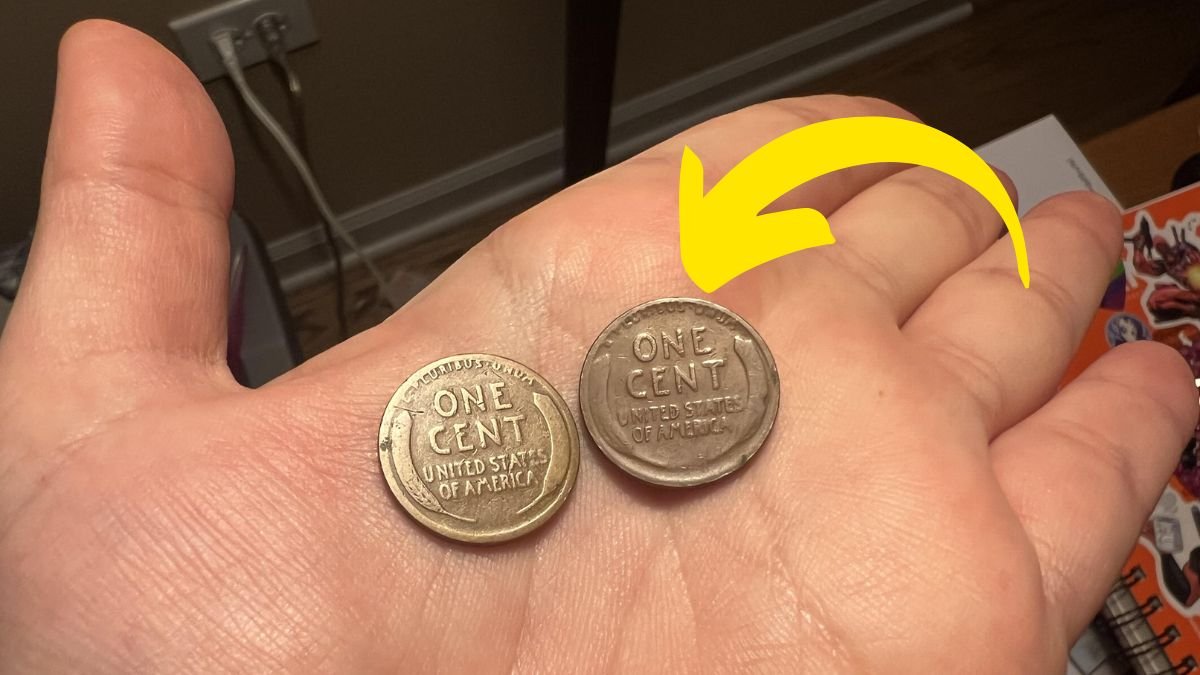In the world of coin collecting, few stories spark as much excitement as the legendary Bicentennial Quarter supposedly worth an unbelievable $2.5 billion. This claim has spread across social media and online forums, captivating the imaginations of collectors and casual readers alike. But is there really a quarter worth that much still floating around in circulation? Let’s take a closer look at the truth behind this viral story.
The Origins of the Bicentennial Quarter
In 1976, the U.S. Mint released special edition quarters to commemorate America’s 200th birthday — the Bicentennial of the United States (1776–1976). These quarters featured a unique reverse design showing a Colonial drummer and a torch surrounded by 13 stars, symbolizing the original colonies.
Unlike the usual Washington quarters, the Bicentennial edition carried a dual date “1776–1976” and became an instant favorite among Americans. They were minted in huge quantities — over 1.6 billion pieces — which means they are not inherently rare under normal circumstances.
Kennedy Half Dollar Valued at $19.9 Million, Still in Circulation- Very Few People Know
The $2.5 Billion Myth Explained
Despite widespread rumors, no Bicentennial Quarter has ever sold or been appraised anywhere near $2.5 billion. The story likely originated from exaggerated online posts that mixed up real rare coin values with fictional claims.
In reality, even the rarest Bicentennial Quarters, such as special error coins or silver-clad proofs, typically sell for anywhere between $10 and $10,000, depending on their condition and rarity.
So where does the myth come from? Some collectors believe there could be a one-of-a-kind minting error — perhaps a quarter struck on the wrong metal planchet or with unique die variations — that might theoretically command astronomical bids if ever discovered. But as of now, no verified $2.5 billion Bicentennial Quarter exists.
Real Bicentennial Quarters Worth Collecting
While none are worth billions, certain Bicentennial Quarters can still fetch impressive amounts. Here are a few types collectors seek out:
-
1976-S Silver Proof Quarter: Minted in San Francisco using 40% silver; values range from $10 to $40.
-
1976-D Clad Quarter (Double Die Error): Some Denver-minted coins show doubling on the date or lettering — these can sell for $300–$1,000.
-
High-Grade MS67+ Examples: Coins in near-perfect condition graded by PCGS or NGC can reach $1,000–$5,000 at auction.
-
Off-Center Strikes or Wrong Planchet Errors: Ultra-rare error coins might sell for $5,000–$10,000 or more depending on the flaw.
How to Check Your Change
Even though the $2.5 billion story is fiction, it’s still worth checking your spare change for Bicentennial Quarters. You might not become a billionaire overnight, but you could find:
-
A silver proof version from a 1976 Mint Set.
-
A rare mint error that stands out under magnification.
-
A high-grade example that can be professionally graded and sold.
If you suspect you have a rare coin, it’s best to consult a professional coin dealer or grading service such as PCGS or NGC.
Final Thoughts
The tale of the “$2.5 billion Bicentennial Quarter” is more legend than reality — a fascinating example of how coin collecting myths can take on a life of their own. While you won’t find a billion-dollar coin in your pocket, the Bicentennial Quarter remains a treasured piece of American history and a great reminder of the nation’s 200th anniversary.
So next time you come across a 1776–1976 quarter, take a closer look — it might not make you rich, but it’s a valuable piece of history worth holding onto.
FAQ – The Bicentennial Quarter
Q1: Is there really a Bicentennial Quarter worth $2.5 billion?
A: No. There’s no official record or auction confirming such a value. The claim is an internet myth.
Q2: Are Bicentennial Quarters rare?
A: Most are common, but silver and error versions can be valuable to collectors.
Q3: How much is a 1976 Bicentennial Quarter worth?
A: Circulated examples are worth 25 cents; rare varieties can be worth $5 to $5,000, depending on condition and type.
Q4: How can I tell if my Bicentennial Quarter is silver?
A: Silver quarters were minted in San Francisco and marked with an “S” mintmark. They also sound different when dropped — a higher “ring” tone compared to regular copper-nickel coins.
Q5: Should I keep my Bicentennial Quarters?
A: Yes! They’re historically significant and may increase in value, especially if they’re uncirculated or part of a proof set.





